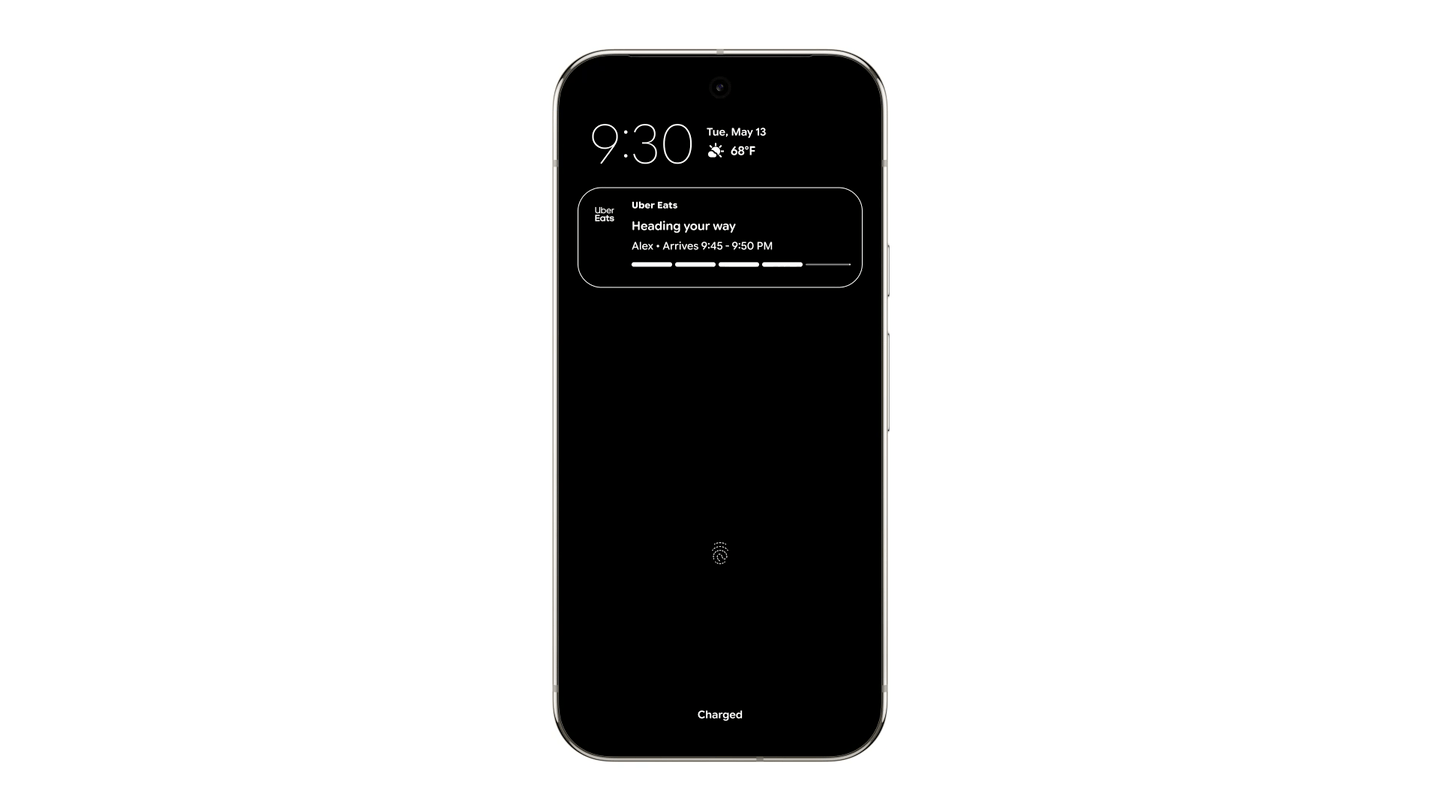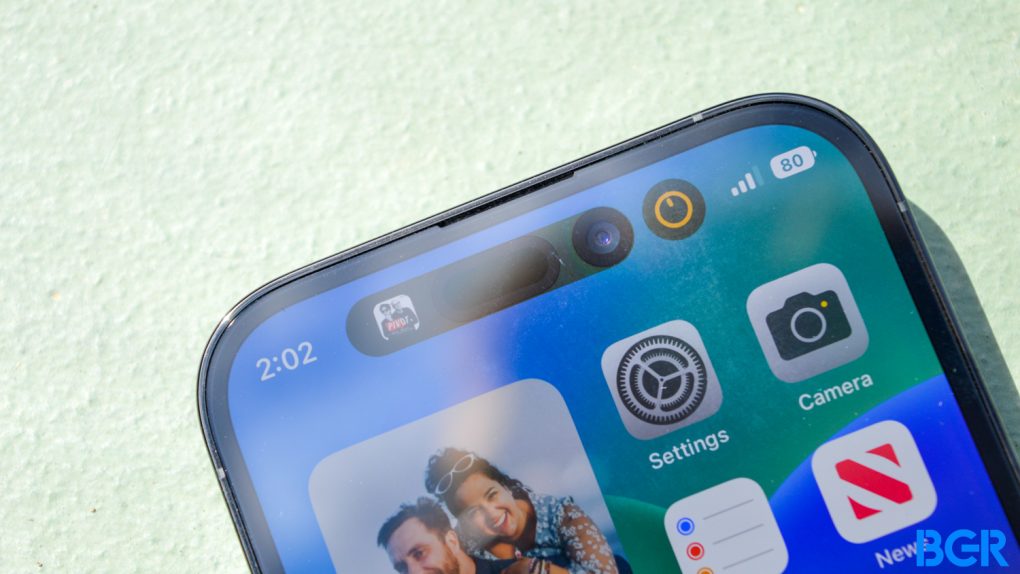Apple is expected to give the iPhone a big redesign for the product’s 20th anniversary, with a recent report saying the iPhone 20 model will feature a mostly glass design, a claim unseen before in Apple leaks.
But we won’t have to wait until 2027 to see big iPhone design swings. Apple’s ultra-thin iPhone 17 Air will hit stores this year, featuring a much thinner profile than any of its predecessors or Android devices.
Then, Apple will introduce the first-gen foldable iPhone next year, a device that should deliver a unique design and a creaseless display.
The iPhone 18 Pro models that are also coming out in 2026 should feature a hole-punch display similar to Android phones, as Face ID components are going under the screen. That’s what a report from trusted sources said a few days ago, making us wonder about the future of the Dynamic Island.
We now have another trusted source mentioning the big iPhone display upgrade. Also, there’s been an interesting development on the Android front, as Google just added its own Dynamic Island to Android 16. All that makes me think Apple isn’t going to ditch the Dynamic Island functionality once it replaces the pill cutout with a single hole for the selfie camera.
Well-known display analyst Ross Young has provided all sorts of information about the iPhone screens in previous years. His roadmaps for the upcoming years featured iPhones with Face ID under the screen. He also said that Apple will eventually make an all-screen iPhone with the camera sitting behind the screen.
Young has transitioned from DSCC to Counterpoint Research but hasn’t stopped delivering information about the iPhone screen. In a post on X, he said he obtained information from a supplier that the iPhone 18 Pro’s Face ID camera will be placed under the display:
At the SID Business Conference today, OTI Lumionics CEO Michael Helander confirmed that they expect phones with under panel Face ID using their materials to be available for sale in 2026. This suggests that iPhone 18 Pro models will have under panel Face ID with other brands and models to follow…
Young also said that the iPhone’s under-panel camera technology needs further development, which implies that the iPhone 18 will feature a hole-punch display like most Android phones.
It’s unusual for potential Apple suppliers to mention details about unreleased Apple products for which they might be providing parts. On the other hand, we’ve been talking about iPhones with Face ID under the display for years, largely thanks to Young’s previous estimates.
Also, remember that we’ve had a similar report just a few days ago. The Information said that the iPhone 18 Pro models will not have a centrally placed selfie camera once Face ID goes under the display. Instead, the camera will go to the top left corner of the screen.
That sort of placement might seem unusual for Apple, but there’s a big reason for choosing a corner for the selfie camera: identity. All Android phones with hole-punch displays have that camera placed in the middle of the screen.
The iPhone 18 Pros would stand out immediately in that crowd of Androids. A selfie cam cutout on the left side of the screen will tell you that it’s an iPhone.
Also, remember that the selfie camera on the iPhone displays with Dynamic Islands isn’t placed centrally. It’s off to the right side, as the Face ID cutout is placed more centrally. Even if Face ID goes under the display, it’ll likely keep its central position.
Young’s tweets make no mention of the selfie camera placement, but I expect to see more iPhone 18 Pro design leaks this fall, as soon as the iPhone 17 series hits stores.
Back to the Dynamic Island’s future, I think Apple won’t ditch this handy tool in the future, regardless of how many cutouts the display has or how big they are. Dynamic Island lets you interact with apps quickly, and the Live Activities feature is too useful to simply disappear.

I’m even more convinced Apple won’t ditch Live Activities because Google has just implemented Live Updates for Android 16. It’s part of its big Material 3 Expressive design update coming to Android phones this year. As you can see in the animation above, Google will place a pill-shaped UI element at the top of the phone on the left to replicate the iPhone’s Dynamic Island.
The functionality will be built into Android 16, so I’d expect to see it on various phones in the future, especially those that don’t have Dynamic Island implementations of their own. For example, Samsung introduced with One UI 7 a Dynamic Island of its own called the Now Bar, which sits at the bottom of the screen and is tied to Galaxy AI features.








